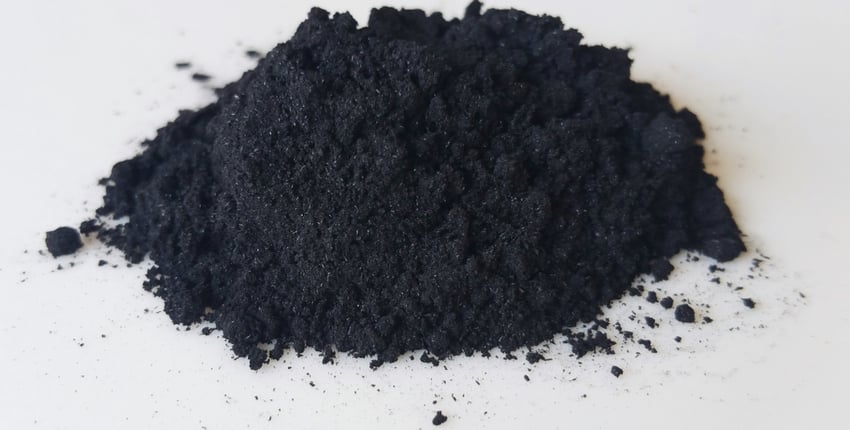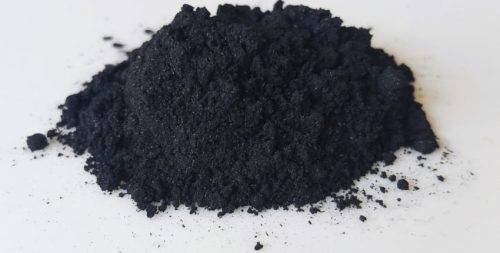The negative electrode material is one of the core materials of lithium-ion batteries, which determines the rate performance of lithium-ion batteries and affects the initial charge and discharge efficiency and battery cycle stability. Natural graphite negative electrode material is made by natural flake graphite through processes such as crushing, spheroidization, grading, purification, and surface modification. It has the advantages of low price, large storage capacity, safety, non-toxicity, and good conductivity.
Among them, spherical graphite has the advantages of good conductivity, high crystallinity, low cost, low and flat charge and discharge potential, long cycle life, and green environmental protection. It has gradually become a replacement product for negative electrode materials used in lithium-ion battery production. At present, my country has successfully applied natural flake graphite raw materials to develop negative electrode materials suitable for lithium-ion battery production, that is, modified products of spherical graphite, so the lithium-ion battery industry chain has entered a new era.
Why use spherical graphite?
Natural graphite has good conductivity, high crystallinity, and good layered structure. It is currently the most widely used negative electrode material for lithium-ion batteries. Graphite negative electrodes generally use natural flake graphite, but there are several disadvantages:
① Flake graphite powder has a large specific surface area, which has a great influence on the initial charge and discharge efficiency of the negative electrode;
② The lamellar structure of graphite determines that Li+ can only be embedded from the end face of the material and gradually diffuse into the interior of the particle. Due to the anisotropy of flake graphite, the Li+ diffusion path is long and uneven, resulting in a low specific capacity;
③ The interlayer spacing of graphite is small, which increases the diffusion resistance of Li+, and the rate performance is poor. During fast charging, Li+ is easy to deposit on the graphite surface to form lithium dendrites, resulting in serious safety hazards.
To solve the above problems, graphite needs to be modified to optimize the performance of the negative electrode material. At present, one of the main modification methods is spherical treatment. Spherical natural graphite materials have a smaller specific surface area and a higher tap density, thus having a higher initial coulomb efficiency, a higher reversible charge and discharge capacity, and a better cycle stability.
How to get spherical graphite?
Spherical graphite is generally made of high-quality high-carbon natural flake graphite as raw material, and the graphite surface is modified by advanced processing technology to produce graphite products of different fineness and ellipsoidal shape.
The processing method of spherical graphite is to grind the natural flake graphite powder into a suitable particle size through a mechanical honeycomb mill, and then use the air pressure of the honeycomb mill to remove the edges and corners, so that it finally forms an ellipsoidal or spherical shape. At the same time, the spherical particles are separated from the fine powder peeled off during the de-angle process by a grading device, and the spherical graphite with normal distribution can be obtained.


